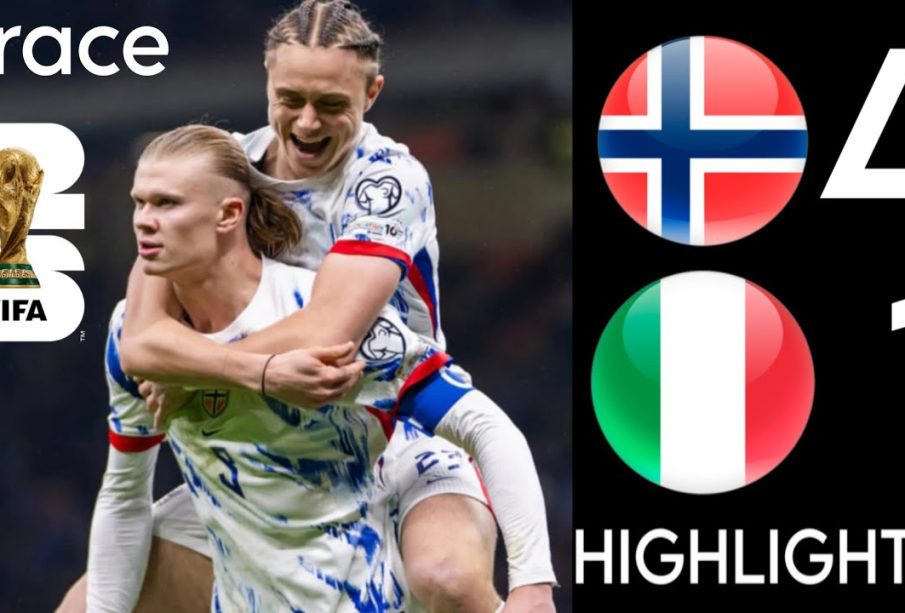Norway vs Italy: A Comparative Overview

Introduction
The debate of Norway vs Italy offers a fascinating glimpse into two distinctly different countries, each boasting unique cultures, economies, and landscapes. While Norway is renowned for its stunning fjords and progressive social policies, Italy captivates with rich historical heritage and culinary excellence. Understanding the nuances of these nations is essential for travellers, investors, and anyone interested in European affairs.
Cultural Contrast
Norway and Italy have vastly different cultural identities. Norway, a Scandinavian nation, prides itself on its egalitarian values and connection to nature. Festivals often revolve around the midnight sun and the Northern Lights, with traditional foods like brunost (brown cheese) being a staple.
In contrast, Italy is celebrated for its deep-rooted traditions, arts, and family-oriented lifestyle. Its cities, such as Rome and Florence, are home to historical landmarks like the Colosseum and the Uffizi Gallery. Italian cuisine, including pasta and pizza, has had a profound influence on culinary traditions worldwide.
Economic Overview
Norway’s economy is primarily driven by its rich natural resources, particularly oil and gas production. As one of the world’s leading oil exporters, Norway has leveraged its energy wealth to establish a robust welfare system. The country also places a strong emphasis on sustainability, leading the way in renewable energy initiatives.
Italy, on the other hand, has a diverse economy with strengths in manufacturing, fashion, and tourism. Known for its luxury brands such as Gucci and Ferrari, Italy’s economy relies heavily on the tourism sector, with millions visiting annually to experience its art, history, and landscapes.
Tourism Landscape
Tourism in Norway is largely focused on its natural beauty, with activities such as hiking, skiing, and fjord cruises attracting adventure enthusiasts from around the globe. The growth of eco-tourism has also garnered attention, with many seeking sustainable travel experiences.
Conversely, Italy’s tourism is enriched by its historical sites and cultural offerings. Major cities offer a blend of art, architecture, and gastronomic experiences that appeal to a wide range of visitors. UNESCO World Heritage Sites are abundant, showcasing the country’s historical significance.
Conclusion
In conclusion, the comparison between Norway and Italy highlights the diversity of culture, economy, and tourism in Europe. As travellers seek new experiences, understanding these differences can enhance their journeys. Both nations continue to thrive, each carving its own path on the global stage. Whether one is drawn to the natural beauty of Norway or the rich histories of Italy, both countries offer valuable insights and experiences that are worth exploring.









